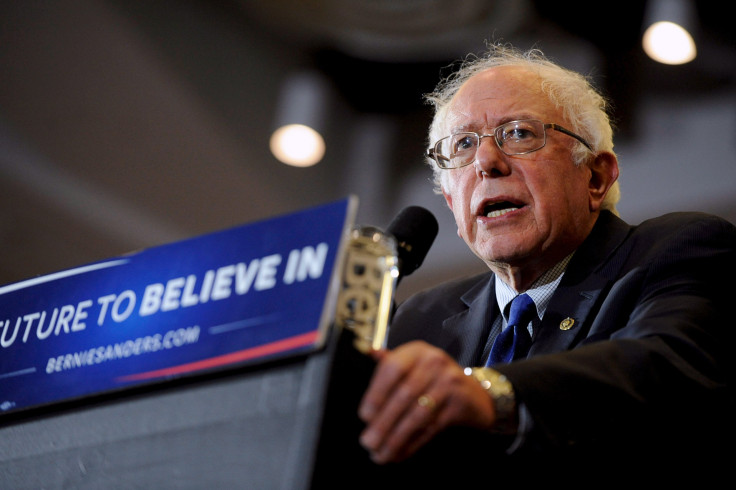Bernie Sanders Does Better Where Organized Labor Is Under Siege

By this point in the 2016 primary, it's a truism that economic frustration among white Democrats adds fuel to the Bernie Sanders campaign. And few states are experiencing more of that anxiety than Wisconsin, which awarded Sanders his latest victory Tuesday.
The worry among white Democratic voters is largely due to the efforts of Gov. Scott Walker, a former contestant in the 2016 Republican primary. Since he took office in 2011, Walker has successfully gutted collective bargaining rights for public sector union members, fended off a labor-backed recall campaign and passed "right-to-work" laws that hobble labor unions' ability to raise funds.
As a result, the percentage of Wisconsin workers who are union members has declined precipitously since Walker took office, going from nearly four points above the national average in 2005 to almost three full points below in 2015. Wisconsin once had one of the most robust statewide labor movements in the country; it took Scott Walker less than five years to bring it to its knees.
It is perhaps no coincidence that a 2015 Pew Charitable Trusts analysis found that Wisconsin has the fastest shrinking middle class in the nation. Nor should it come as a surprise that Tuesday exit polls found three-quarters of Wisconsin Democratic voters are worried about the economy. Their fear and frustration likely helped secure a Bernie Sanders win.
A similar phenomenon may have aided the Sanders campaign in Illinois and Michigan, the two other Midwestern states where a Republican governor has declared war on a powerful state labor movement. Although no modern governor has matched Walker's skillful dismantling of his state's union infrastructure, Michigan Gov. Rick Snyder and Illinois Gov. Bruce Rauner have made the strongest attempts.
Gov. Snyder signed his own right-to-work legislation in 2013 and has used Michigan's emergency management law to nullify public sector collective bargaining agreements across the state. The result has been another sharp drop in a state's union density.
Gov. Rauner has not been as successful as Snyder or Walker. His own right-to-work legislation died a swift death in the state legislature, though he is still pursuing litigation that could have the same effect on public sector unions as a right-to-work law. Meanwhile he continues to square off against state unions when it comes to contract negotiations and education spending.
In Illinois, where unions have parried many of Rauner's blows, Sanders made a strong showing but was still narrowly defeated by Hillary Clinton. Michigan was another story: A former union stronghold that has been transformed under Snyder's tenure, it was also the site of a major surprise victory for Sanders. And the trend continued this week in Wisconsin, where Walker first established the archetype of a modern, anti-union Midwestern governor.
But there aren't many more Scott Walkers left on the Democratic primary map. One of the next major contests is two weeks from now in New York, the state with the highest union density in America. Democratic Gov. Andrew Cuomo has occasionally tussled with the state's public sector unions in the past but more recently he has cemented his labor-friendly bona fides by signing a $15 minimum wage law.
New York's union density is also relatively steady, even climbing slightly. Clinton is expected to win the state.
© Copyright IBTimes 2024. All rights reserved.






















